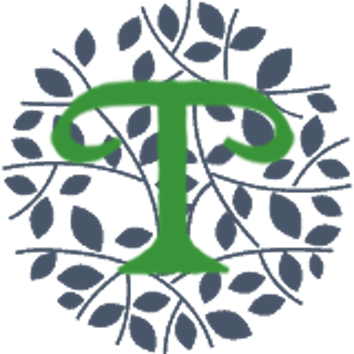Tantamunay are moved to bring to the world the voice of the
Chawatiri Weaving Community,
Who are located in the High Andes above the well known tourist town of Pisac, in the Sacred Valley of the Incas.
In Peru, 70% of the population are what the Peruvian Government defines as unregistered workers; that is, they make their living day-to-day and live very much hand to mouth, supporting large families as Peruvian Families often have between 4 and 10 children. Currently, this way of life is non-sustainable in the current climate and many families have been deeply impacted by the elimination of Tourism due to global travel restrictions. Peru has observed many families returning to their Ancestral routes of farming and returning to the lands upon which they have always been self sufficient before the introduction of money into their cultural way of being.
Whilst Tantamunay stand by a philosophy of harmonious existence of earth peoples with our beloved Pachamama, we also observe that currently a bridge is needed to this return home. The farming communities of the high Andes traditionally have always lived self-sufficiently, growing large crops of potatoes, beans and corn yielding crops that can be stored to ensure a continuous supply of food for the community.
Last year, many of the High Andean Communities suffered deeply as a result of the Global Changes. Devastatingly, some also lost their children as a result of no longer being able to have enough food to feed them. In its positive manifestation, the communities returned to what they always were: communities, working together and in harmony with their Ancestral lands to receive the abundance of the harvest to feed their communities.
The Indigenous peoples of Peru are deeply important within our global collective, they hold a peace and humility within their way of being which is born out of a still, present connection to Pachamama and a deep trust that the cosmic mother always provides. They are a quiet peoples, silently observing the flow of life and trusting that what is destined for them will arrive.
Tantamunay bore witness to this as we sat in a circle with 3 women from the weaving community and we asked what they wanted to share with the world, they spoke not, their message was passed through energetic transmission and then later confirmed as their message.
“ Our community have always been connected to these lands, to Pachamama. It is here we grow our food and raise our children, we never used to be connected to money for survival, Pachamama gave us everything we needed, food, water and shelter. Over the years things changed from the way of our Ancestors and we began to need money to eat. We see the fear that has come in the community about this changing world and the fear is not good for the body, peace is good for the body, harmony is good for the body, being in community is good for the body. We are returning to our lands and Pachamama provides all, but we need some help right now. ”
The Chawartiri Weaving community crossed paths with Tantamunay initially 6 years ago when Tantamunay’s founder was visiting the Town of Pisac and it was here she met Doloris and the connection was born. On a recent visit in service of Jayillia Native Cotton Movement, our paths were crossed once again and Doloris shared the impact of recent events upon her community and how the community don’t have the means and understanding to access a virtual world to share their Artisan crafts with the world. Tantamunay hear and answer this call.
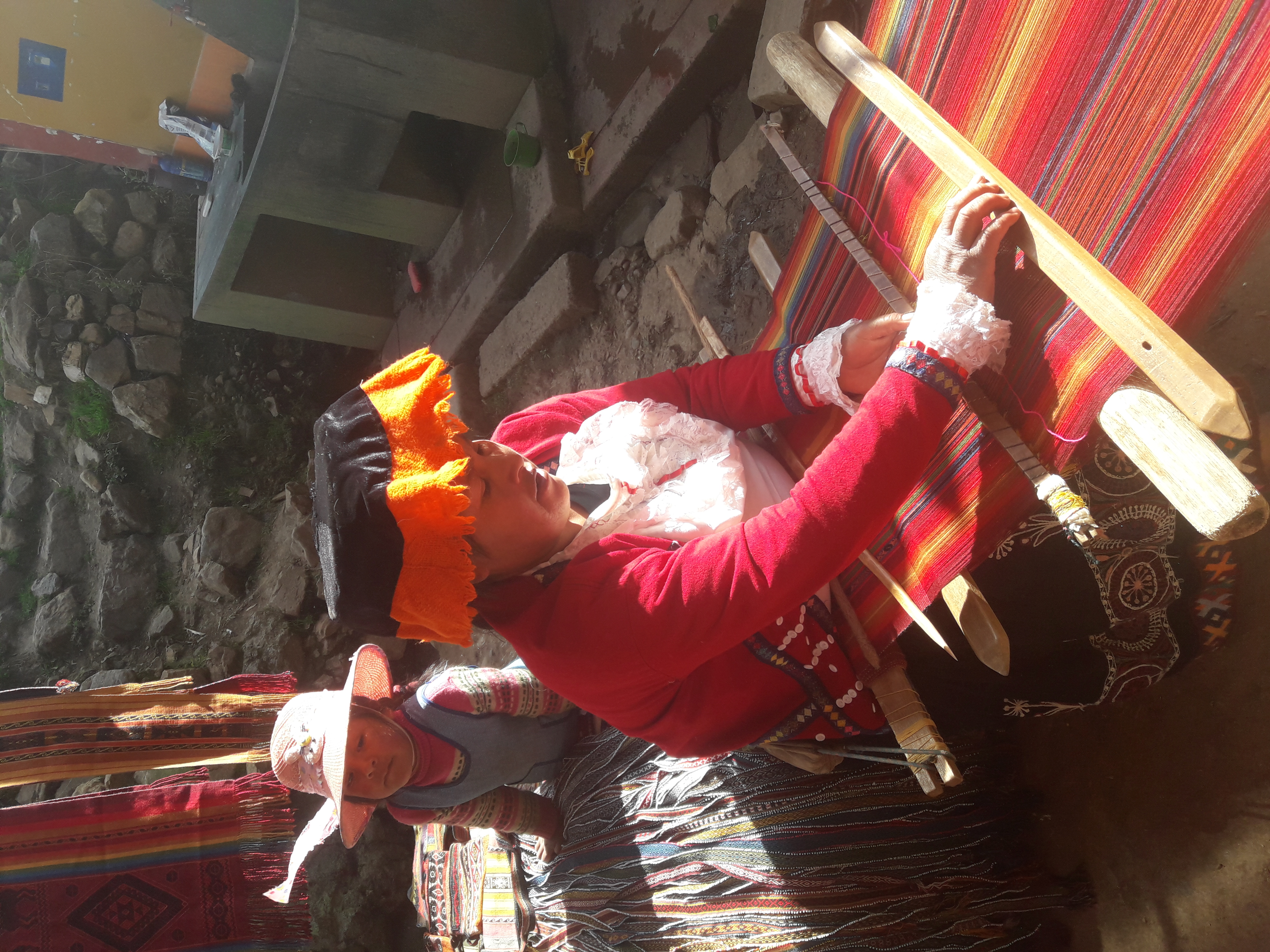
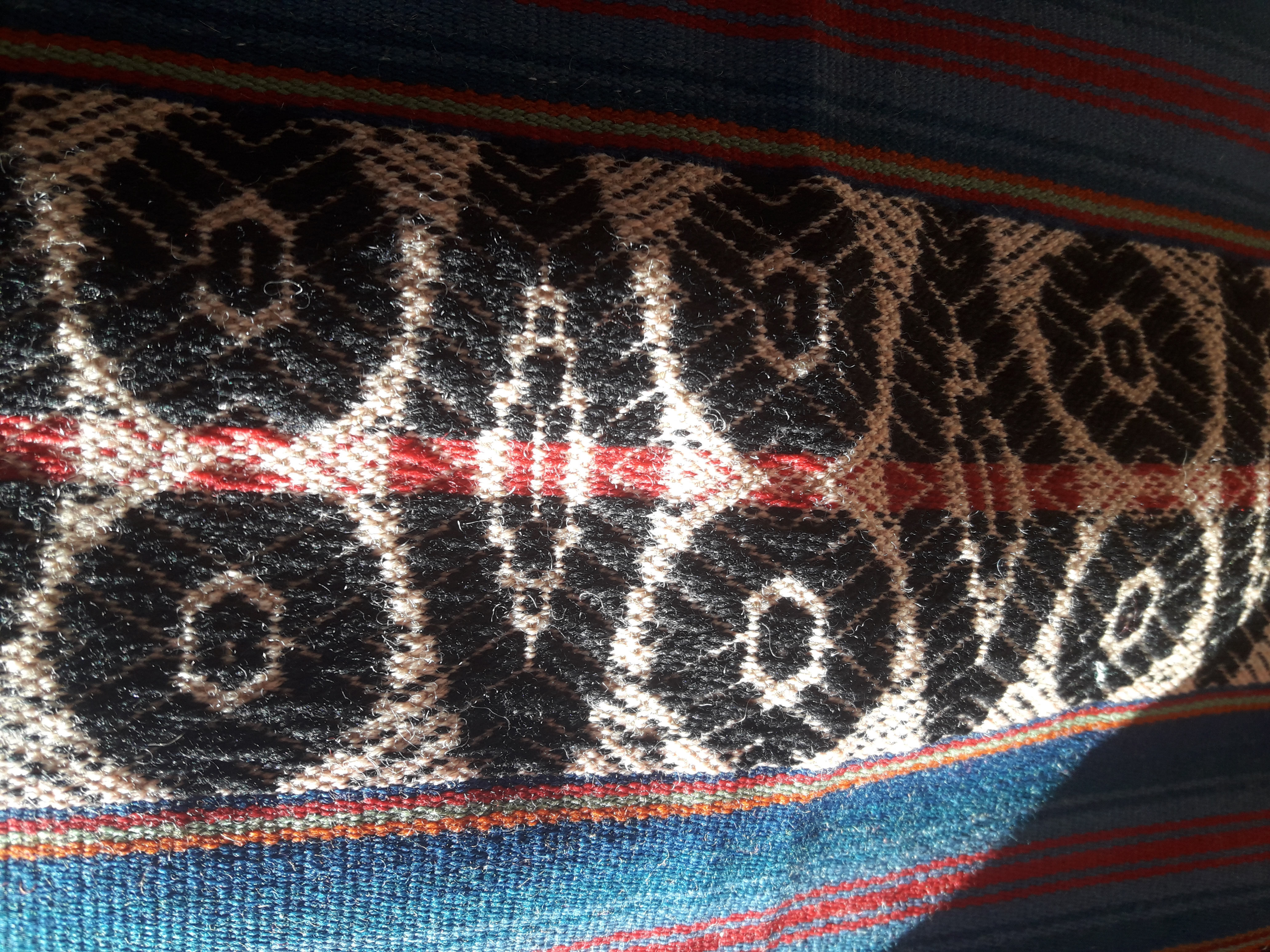
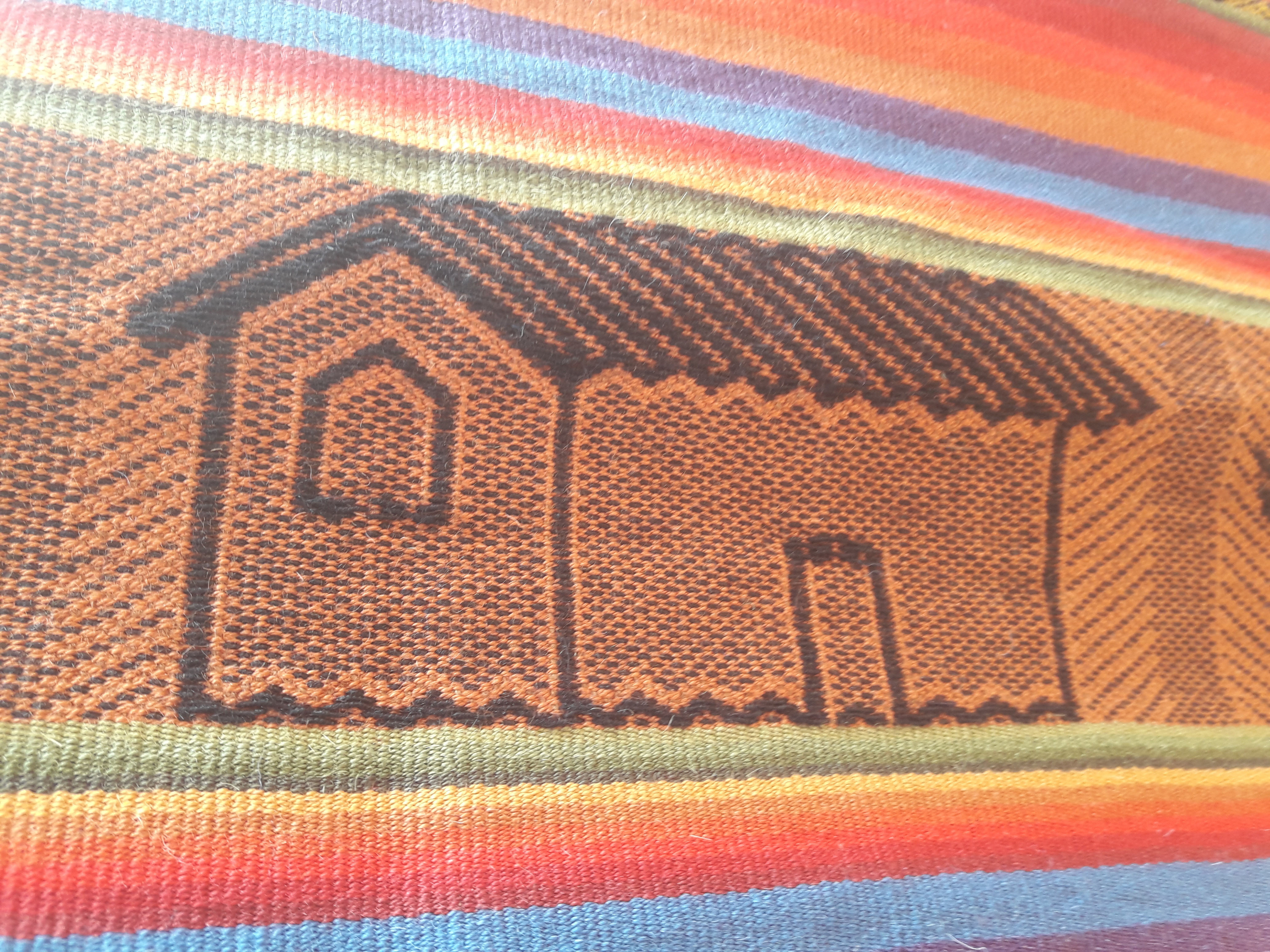
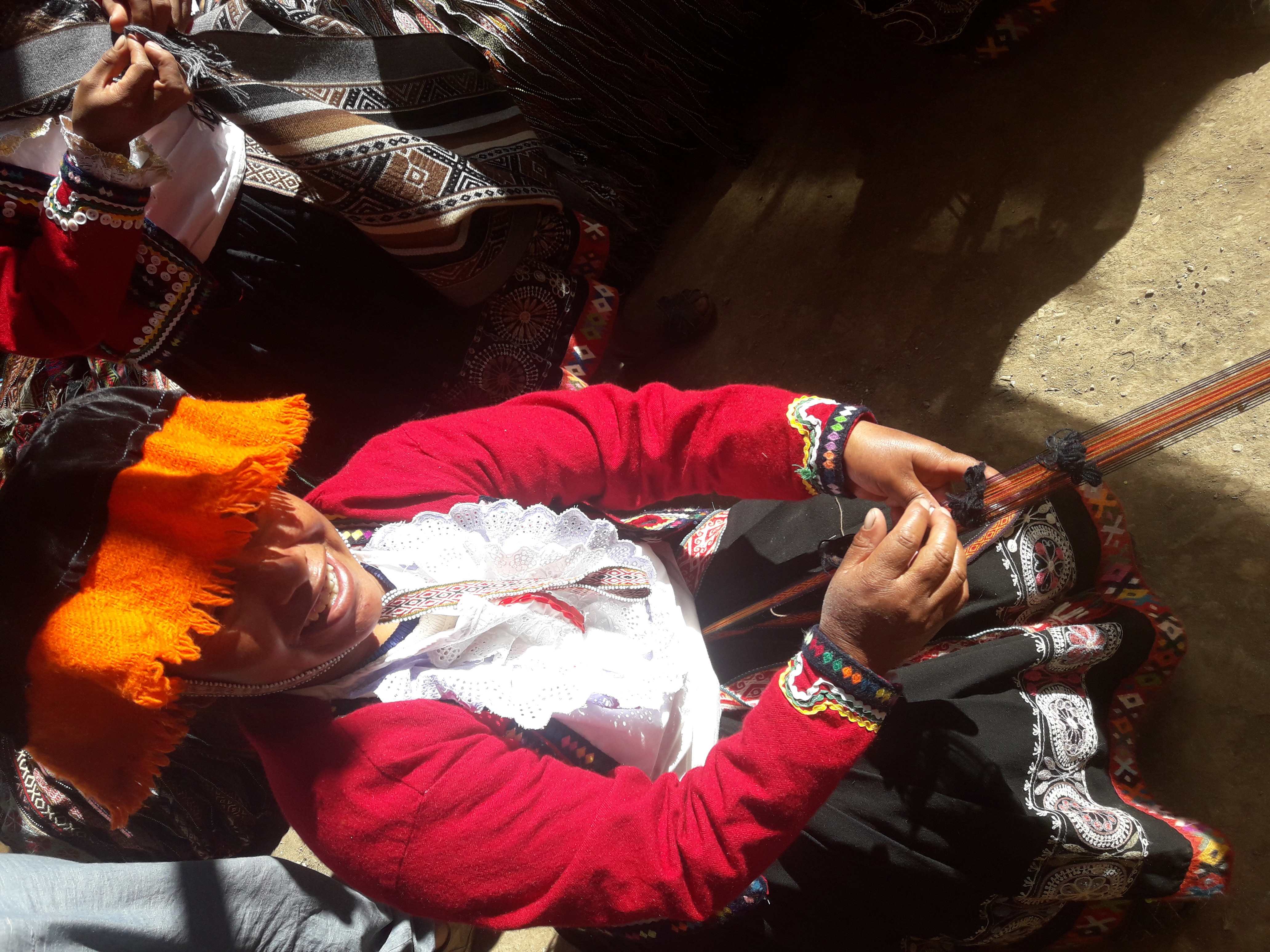
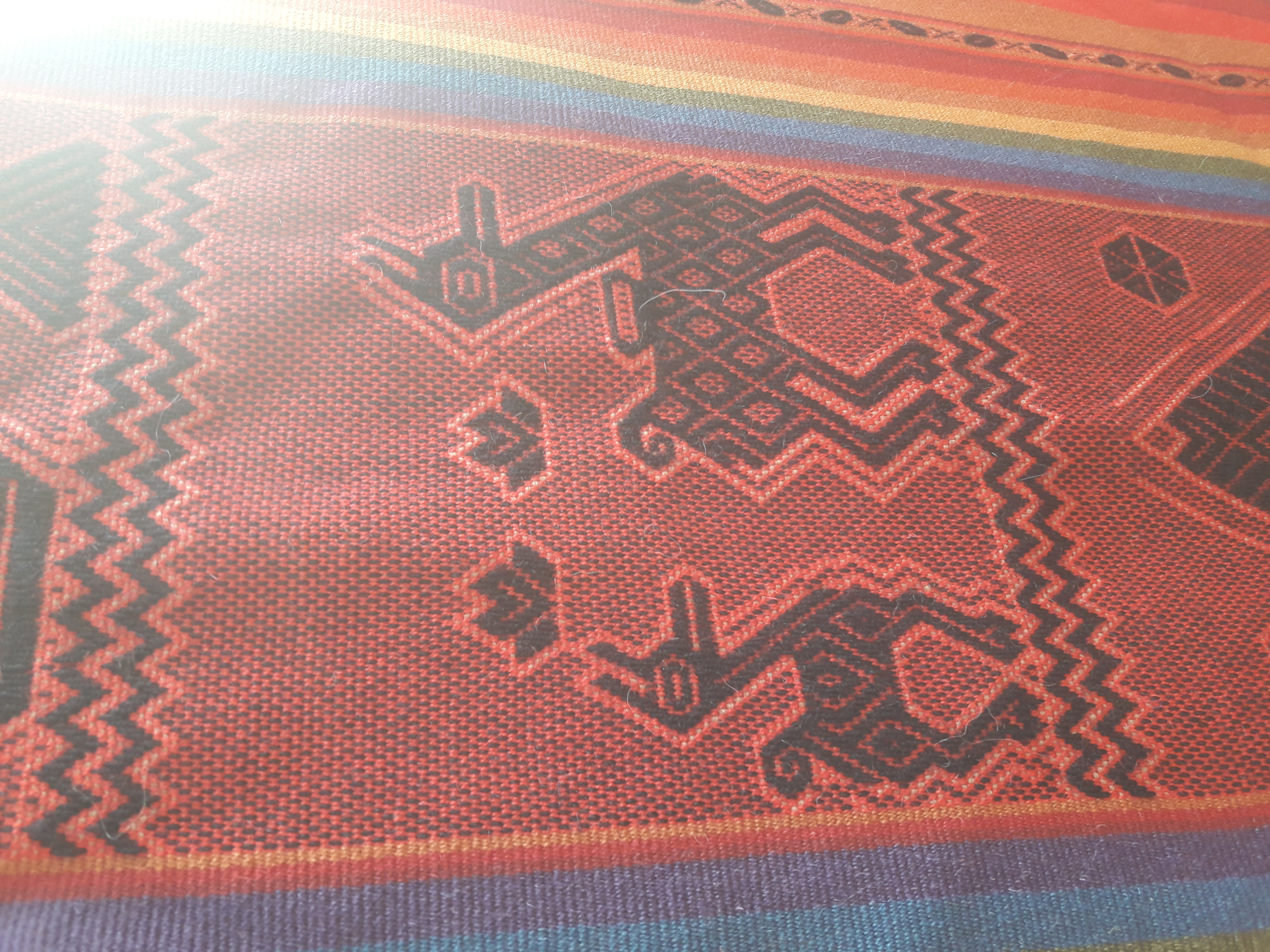
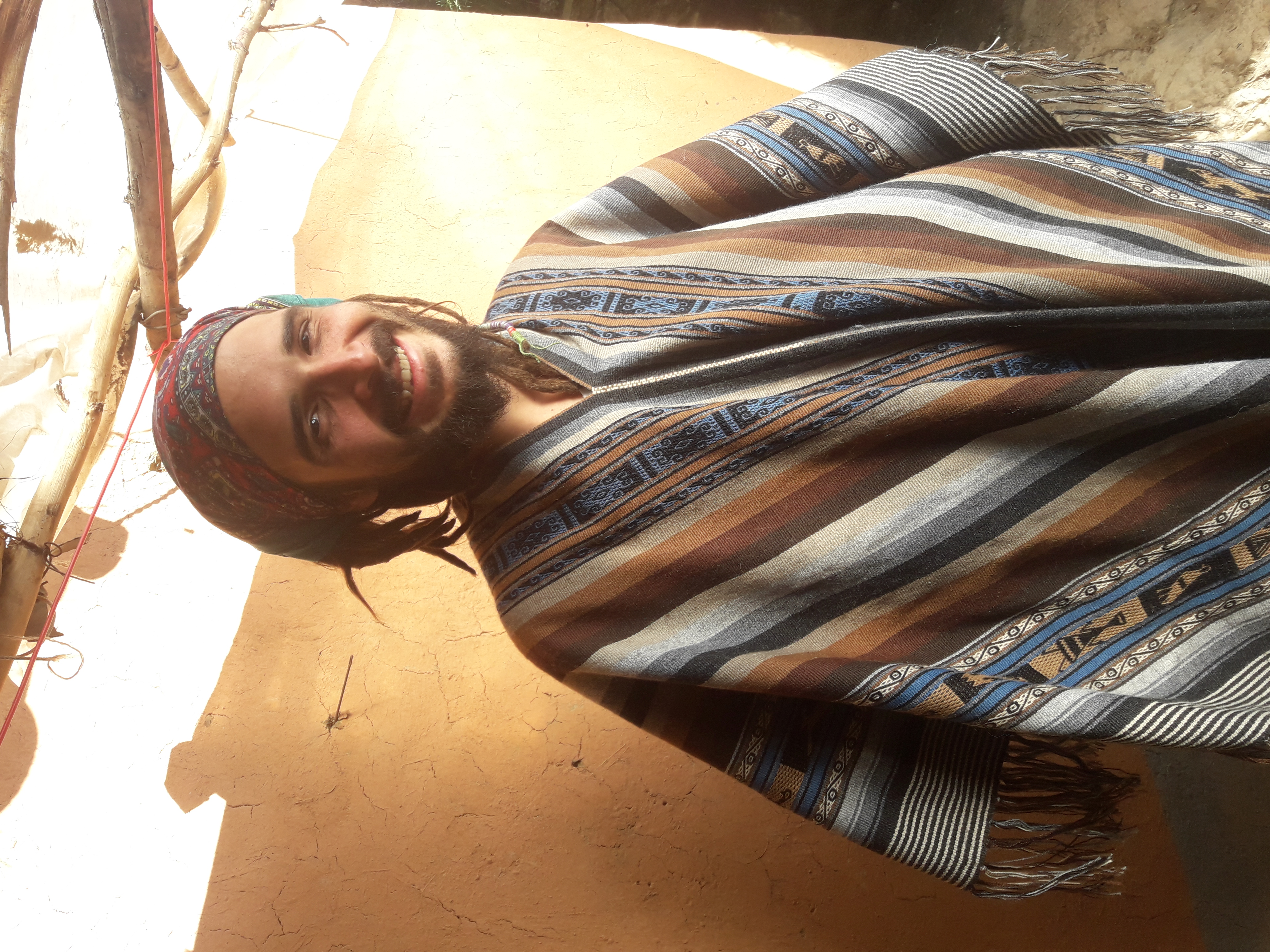
Guide to Andean Textile Patterns
Weaving for the Chawartiri not only is a form of work, it’s a way of life that is deeply connected to their Ancestral roots. Whilst weaving, the community is in connection, to themselves, each other and Pachamama. The designs they weave are transmissions from their Ancestry and they arrive from a silence and peace that is felt when once visits them. There is much to learn and receive whilst living in the quiet stillness of their way of life, a deep sense of calm and connection to the natural earth rhythms that the modern world has forgotten long ago.
The patterns that are woven are symbolic of connection to Earth Wisdom and the teachers and guides that are found there. Nature is our greatest teacher and is our home. These are the traditional patterns of the High Andes and this is their essence:

Coca: Coca is an integral part of the Andean way of life, a teacher plant, a complete food, an energy source giving strength to those digging the land, a divination tool and a plant that is symbolic of reciprocity, the sharing and offerings that we make between each other and that which is gifted to Pachamama.
Chakana: Is a Quetchua word meaning bridge or ladder, it is also known as the Andean Cross. It is the bridge between the human world and that of the cosmos.
Ojo de Pachamama: The Eye of Pachamama, we are a part of nature and the eye is always watching us, we are intimately connected to our surroundings.
Cruz del Andina: This is the representation of the path across the Andes that interconnects the various Andean Communities
Laguna del Rio: This is the representation of water as one of the key elementals that is the source of life, in Quetchua water is Yaku.
Corazon de Pachamama: The heart of Pachamama
Tijera: The Scissors
Cegadera para arar la tierra: Sythe for the land
Llamas or Alpacas: An integral part of Andean Culture and the alpaca is the source of the wool of the products produced by the weaving community of Chawatiri
Doble Saca
Cara de Pachamama: The face of Pachamama
Urpo Ofrenda: The offering vessel in which offerings would be carried and offered to Pachamama
Arbol: The tree
Condor: A powerful symbol in Andean Mysticism, condors were considered a symbol of power, the rulers of the upper world, and intermediaries with the world of spirits and with Inti, the sun deity. As such, condors represent the upper layer of the Chakana, the symbolic Andean cross.
Serpiente: The Serpent is another one of the key symbols of the Andean Mysticism, The serpent represented the infinite for the Incas. The serpent symbolizes the world below or the world of the dead (the Ukhu Pacha). When people left the earthly world they joined this other dimension represented by the serpent. For the Incas the serpent also represented wisdom
Casa: This is the typical representation of a typical adobe house in the Andes which is 2 metres by 4 metres, the heart of the family.
Llama con Bebe: A mother llama and a Baby Llama

The weavings of the High Andes are made with 100% Alpaca which is a very soft and incredibly warm yet light weight wool. The weaving community of Chawartiri hand spin, hand dye and then hand weave each product and is a process that takes a lot of time and love to complete each garment.
All of the wool is dyed using plants from the high mountain region of the Andes and the Steamy jungles of the Amazon. This makes each product 100% natural and Organic in every aspect of its creation.
Natural Pigments Used:
Chilca: To create the green hue
Cochinita: This is a beetle found in the Amazon that can be used to create 12 different colours in the spectrum of Red, Purple and Red Brown
Colpe: Creates a dark green Hue
Coli: For yellow, mustard Yellow
Black: Naturally occurring when working with wool


